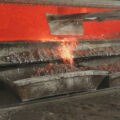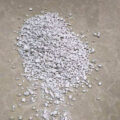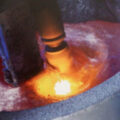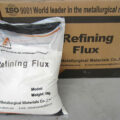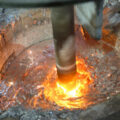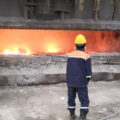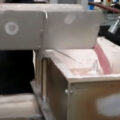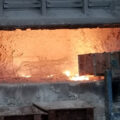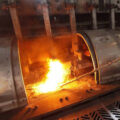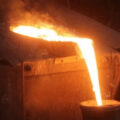For non-metallic inclusions, molten aluminum fluxes refining can be used to effectively remove them for materials with higher requirements, a filter can be used in the casting process or the melt can be removed by ceramic foam filter filtration through a molten flux layer.
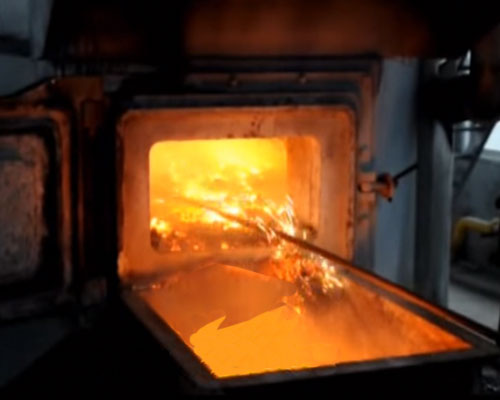
For metal impurities, the general treatment method is to turn harmful factors into favorable factors. That is, it is turned into a beneficial second phase by the alloying method to facilitate the performance of the material. If it must be removed, in most cases, the difference in boiling points of different elements is used for high temperature and low pressure selective distillation to achieve the purpose of removing metal impurities.
Aluminum alloys smelted from aluminum-containing waste materials often contain metal elements exceeding the standard, which should be removed as much as possible. Selective oxidation can be used to remove various metal impurities with greater affinity for oxygen than aluminum and oxygen from the melt. For example, magnesium, zinc, calcium, zirconium and other elements accelerate the oxidation of these impurity elements by stirring the melt. These metal oxides are insoluble in the aluminum liquid and enter the slag, so that they can be melted from the aluminum by skimming the slag.
The difference in solubility can also be used to remove metal impurities in the alloy. For example, the aluminum alloy contaminated by impurities is eutecticized with a metal that can dissolve the aluminum without dissolving the impurities, and then the aluminum alloy liquid is separated by filtration, and then the added metal is removed by vacuum distillation. Usually, magnesium, zinc, and mercury are added to remove iron, silicon and other impurities in aluminum, and then vacuum distillation is used to remove these added metals.
For example, after the aluminum alloy contaminated by impurities is eutecticized with 30% magnesium, the alloy is allowed to stand for a period of time at a temperature close to the eutectic temperature to filter out the primary precipitated crystalline phases containing iron and silicon, and then vacuum desorption at 850℃ Magnesium, the impurities with high vapor pressure such as zinc and lead are also removed together with magnesium, and the pure aluminum alloy after magnesium removal can be cast into ingots.
In order to further improve the quality of the aluminum alloy liquid, or when certain aluminum alloys require strict control of the hydrogen content and inclusions, a combined refining method can be used, that is, two refining methods are used at the same time. For example, chlorine salt-filtration combined refining, argon blowing- molten aluminum fluxes combined refining and other methods can achieve better results than single refining.


